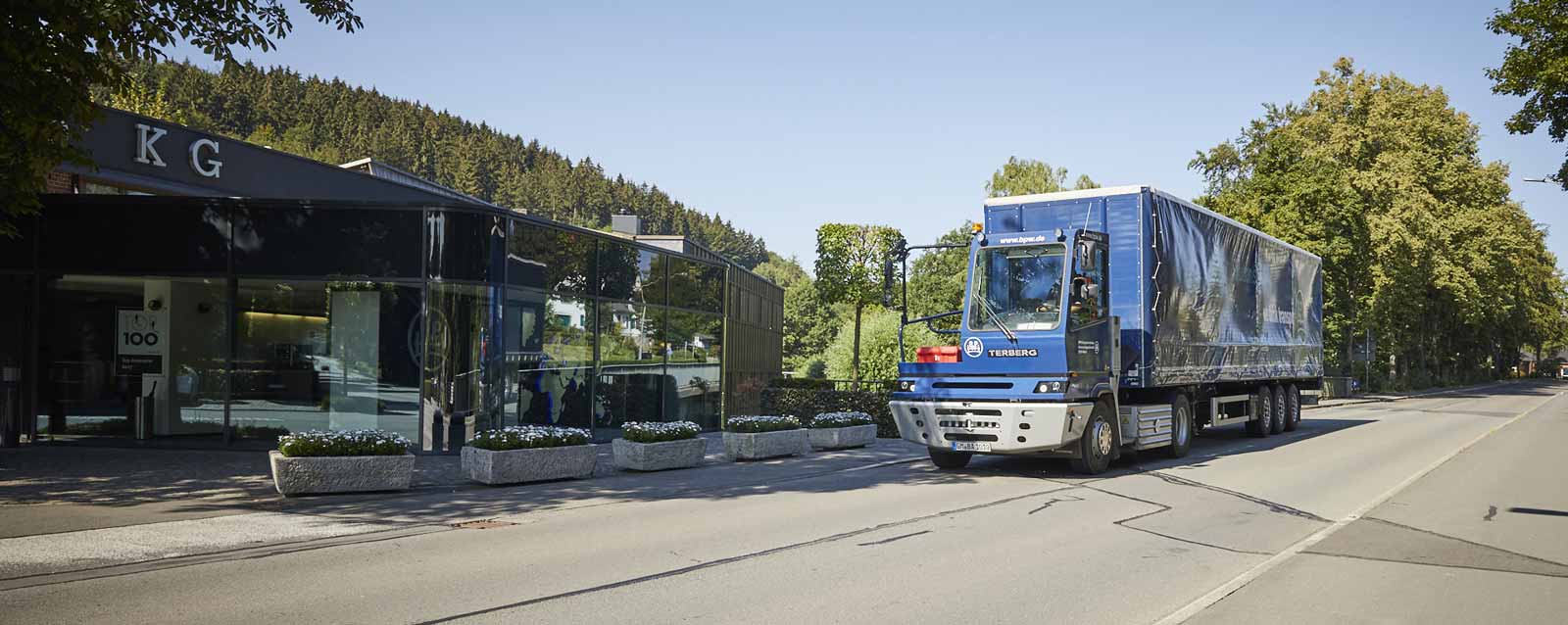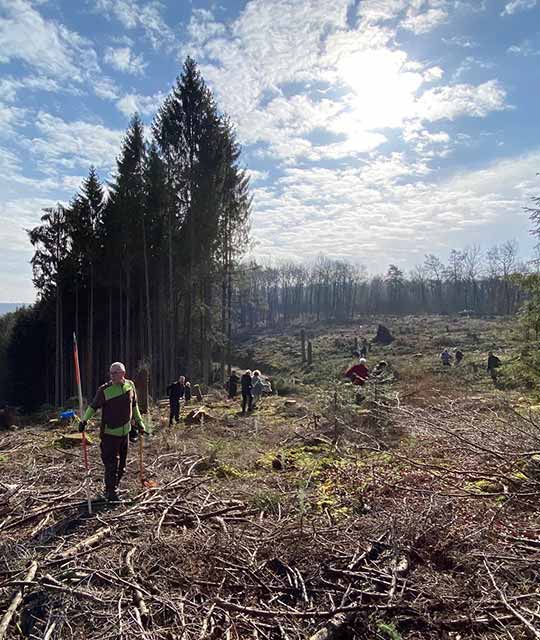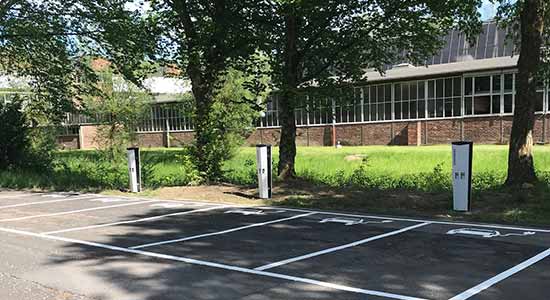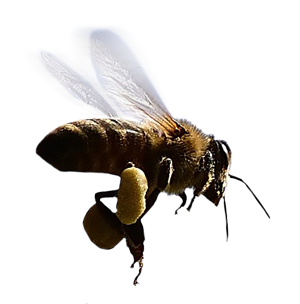ENERGY CONSUMPTION
Energy distribution for 2020
- Green energy 48.68%
- Self-generated power 1.56%
- Natural gas 45.26%
- Diesel 2.93%
- Petrol 1.57%
Self-generated power
Proof of active environmental and energy management
Actively saving energy protects the environment and combats climate change. BPW constantly sets itself new, clear objectives and makes binding commitments to work towards these. This includes using carefully selected products and services to continuously improve energy efficiency and reduce environmental impact. These activities are clearly documented with the certification according to ISO 14001:2015 and ISO 50001:2018, which BPW obtained again in spring 2021 with no deviations. This certification is proof that the company has an environmental and energy management system that complies with internationally recognised standards. The inspection authorities identified potential for improvements during the certification process and BPW is now assessing these and looking for ways to implement these suggestions.
Efficient production

Green fleet
BPW has installed 17 electric charging stations in the three plants in the Oberbergischer Kreis district to charge the vehicles. Three new chargers, each with two charging points, were added in 2021. These are in the BPW museum car park in Wiehl and can supply green power to the batteries of up to six vehicles at the same time. The chargers have open access – they can be used by employees and the general public alike. By installing the charging points, the company is responding to the growing number of colleagues in the workforce who are switching to electric vehicles. The green charging station is also intended to play a part in the expansion of the network with public charging points.
Truck fleet
2017
- Electric 11%
- Diesel 89%
2018
- Electric 22%
- Diesel 78%
Car fleet
2017
- Electric 15%
- Diesel 85%
2018
- Electric 17%
- Diesel 82%
- Petrol 1%
2019
- Electric 22%
- Diesel 78%
2020
- Electric 22%
- Diesel 78%
2019
- Electric 22%
- Diesel 78%
2020
- Electric (including hybrid with petrol) 24%
- Diesel 76%
Green power for heating
Environmentally friendly construction can save huge amounts of CO2. When BPW was planning a new office building at the headquarters in Wiehl, the company therefore placed great emphasis on using modern materials and technologies. The new multifunctional building provides 3,500 square metres of space, which will accommodate, among others, the IT department with its data centre and the product development and process optimisation teams. The building is equipped with a geothermal system, which alone reduces the building’s CO2 emissions by more than 90 per cent. Compared to a similar-size building that runs on energy from fossil fuels, this means an annual reduction of 181,000 kg of CO2 – around 62,000 kg less for heating and cooling the offices and 119,000 kg less for cooling the IT servers. The power for the heat pump that heats the building in winter comes from renewable energy – here too BPW uses only 100 per cent green energy with guarantee of origin. Some of the power is self-generated, using the photovoltaic system installed on the roof of the office building.
WASTE MANAGEMENT
Almost all waste recovered
2017
%
Tonnes
1170 t non-hazardous waste
480 t hazardous waste
2018
%
Tonnes
2437 t non-hazardous waste
569 t hazardous waste
2019
%
Tonnes
1251 t non-hazardous waste
703 t hazardous waste
2020
%
Tonnes
1952 t non-hazardous waste
971 t hazardous waste
WATER MANAGEMENT
Conserving a precious resource
Water consumption in cubic meters
- 2017: 29.632.647 m³ 100%
- 2018: 17.224.703 m³ 58%
- 2019: 339.018 m³ 1.2%
- 2020: 187.802 m³ 0.6%
Water is a very precious natural resource and should be conserved accordingly. BPW has been able to significantly reduce in-house water consumption in recent years, from almost 30 million cubic metres in 2017 to around 17,200 in the following year. In 2019 and 2020, the water consumption was much lower still, as the company’s hydropower plant was shut down for refurbishment. The switch from butt welding to friction welding in production has also brought huge savings. The new process uses significantly less energy and requires no cooling water. As the butt welding process is being stopped entirely in 2021, the consumption will fall to zero. State-of-the-art technology is also being used for optimisation. Digital water meters with Industry 4.0 technology can detect further potential for savings and find leaks.
Cooling for production facilities is the biggest factor in water consumption at BPW. The company has a responsible approach to this, only heating or changing the element within the approved tolerances. Usage and the return feed are strictly monitored in close consultation with the relevant authorities and waste water associations. Employees who operate machines and systems with substances that are hazardous to water receive regular instruction and training on their tasks and obligations under water protection law.
SAVING RESOURCES
Permanent reduction in paper
Paper production consumes resources such as wood and water and therefore has far-reaching effects on the environment – climate change is intensified, forests shrink and rare plants and animals die out. BPW can save a great deal of paper by switching various processes. For example, since the formerly printed BPW customer magazine was converted into the digital content hub motionist.com in 2019, more than a million sheets of paper have been saved each year.
This sustainability report has also been published exclusively online since 2019, which saves around 134,000 pages of paper. Within the company, BPW has set up a portal for archiving and distributing digital pay documents for salaried and hourly-wage staff. Between the start of 2020 and September 2021, this will have saved around 54,500 printouts and the use of almost 29,000 envelopes. As digitisation consumes energy, BPW has been using only green energy with certified guarantee of origin for several years.
To the website

Strengthening and rejuvenating forests
Forests are the planet’s lungs. Sadly, forests in Germany are not in good shape. The German Federal Ministry of Food and Agriculture’s 2020 Forest Condition Survey found that the recent years of drought, bark beetle infestation, storms and forest fires have done massive long-term damage. BPW is supporting reforestation in the region with numerous planting projects. 33,000 new trees are being planted in the Bergisches Land region on a 11.5 hectare site – an area the size of 16 football pitches. An initial day of action was organised in spring 2020, during which 1,800 larches, Douglas firs and chestnut trees were planted in an area afflicted by storms and bark beetles. More reforestation work is continuing in 2021. In autumn, there are plans to plant 13,000 deciduous trees, including sessile oaks, northern red oaks, common alders and wild service trees. All species are perfectly adapted to the location and can withstand unfavourable climatic conditions. A reforestation project with conifers is planned for spring 2022.






